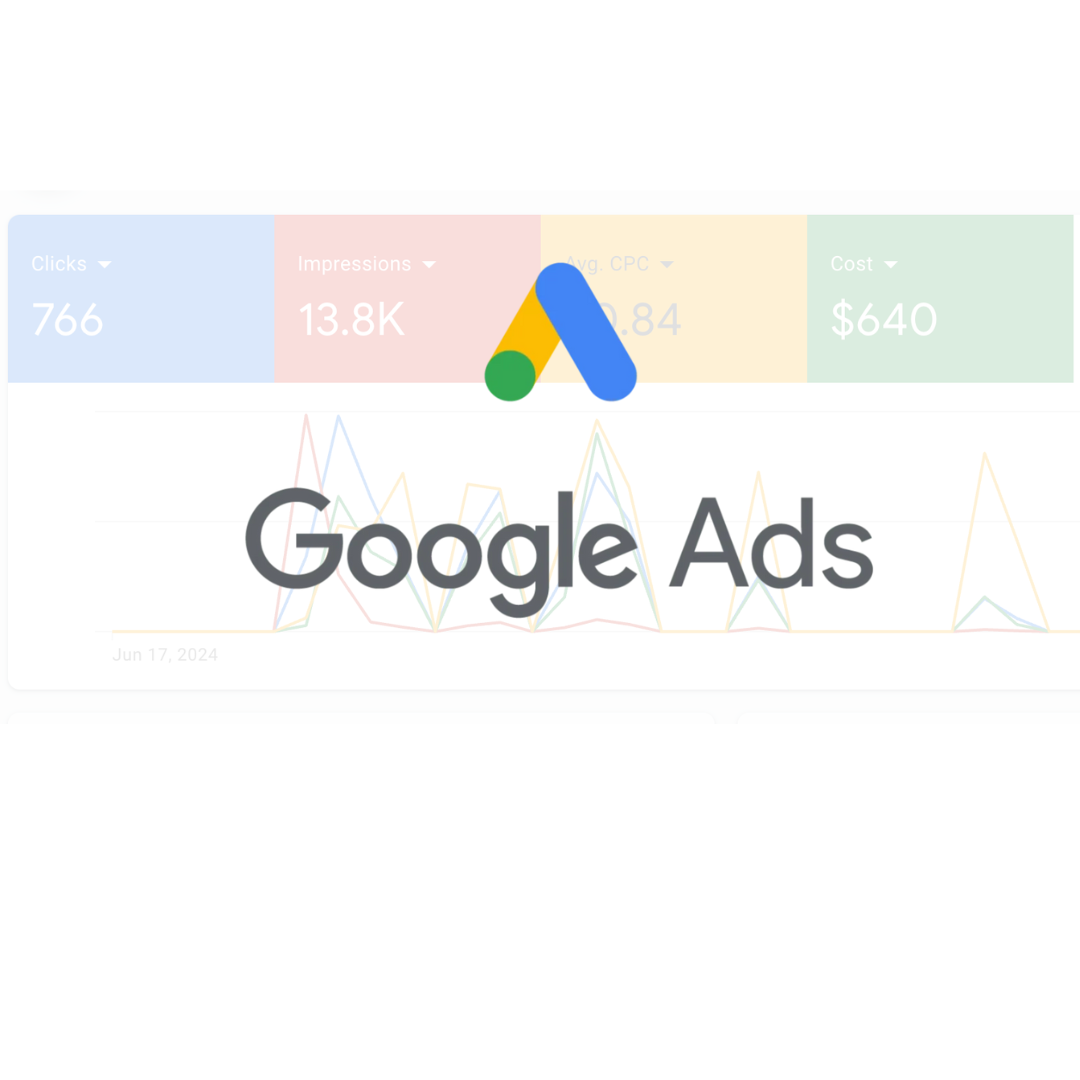Getting Started with Google Ads
Google Ads is one of the most powerful advertising platforms available today. With billions of searches performed every day, Google offers unparalleled reach and targeting capabilities for businesses of all sizes.
In this comprehensive guide, we'll walk you through everything you need to know to set up and optimize your first Google Ads campaign.
Understanding the Google Ads Platform
Before diving into campaign creation, it's important to understand the basic structure of Google Ads:
- Account: The top-level container for all your Google Ads activities
- Campaigns: Organized around a single advertising objective
- Ad Groups: Collections of similar ads and keywords
- Ads: The actual advertisements shown to users
- Keywords: The search terms that trigger your ads
Setting Up Your First Campaign
Follow these steps to create your first Google Ads campaign:
- Create a Google Ads account if you don't already have one
- Define your advertising goals (sales, leads, website traffic, etc.)
- Choose your campaign type (Search, Display, Video, etc.)
- Set your budget and bidding strategy
- Define your target audience and locations
- Create compelling ad copy with strong calls-to-action
- Select relevant keywords with appropriate match types
- Set up conversion tracking to measure results
Keyword Research: The Foundation of Success
Effective keyword research is crucial for Google Ads success. Start by brainstorming terms your potential customers might use to find your products or services. Then use tools like the Google Keyword Planner to expand your list and get data on search volume and competition.
When selecting keywords, consider these match types:
- Broad Match: Reaches the widest audience but less targeted
- Phrase Match: Triggers ads when the search includes your keyword phrase
- Exact Match: Most precise targeting but reaches a smaller audience
- Negative Keywords: Prevents your ads from showing for certain terms
Creating Effective Ad Copy
Your ad copy needs to grab attention, communicate value, and encourage action. Here are some tips:
- Include your main keyword in the headline
- Highlight unique selling points and benefits
- Create a sense of urgency when appropriate
- Use a clear call-to-action
- Ensure your landing page matches your ad's promise
Optimizing Your Campaign
Once your campaign is running, continuous optimization is key:
- Regularly review performance metrics (CTR, conversion rate, cost per conversion)
- Adjust bids based on performance data
- Refine your keyword list by adding negative keywords
- Test different ad variations to improve click-through rates
- Optimize your landing pages for better conversion rates
Advanced Tips for Google Ads Success
As you become more comfortable with Google Ads, consider these advanced strategies:
- Implement ad extensions to provide additional information
- Use audience targeting to reach specific customer segments
- Create remarketing campaigns to re-engage previous visitors
- Utilize automated bidding strategies as you gather more data
- Implement A/B testing for continuous improvement
Conclusion
Google Ads can be a powerful tool for growing your business when used correctly. By following the steps and best practices outlined in this guide, you'll be well on your way to creating effective campaigns that drive results.
Remember that successful Google Ads management is an ongoing process of testing, learning, and optimizing. Don't be afraid to experiment with different approaches to find what works best for your specific business and goals.
